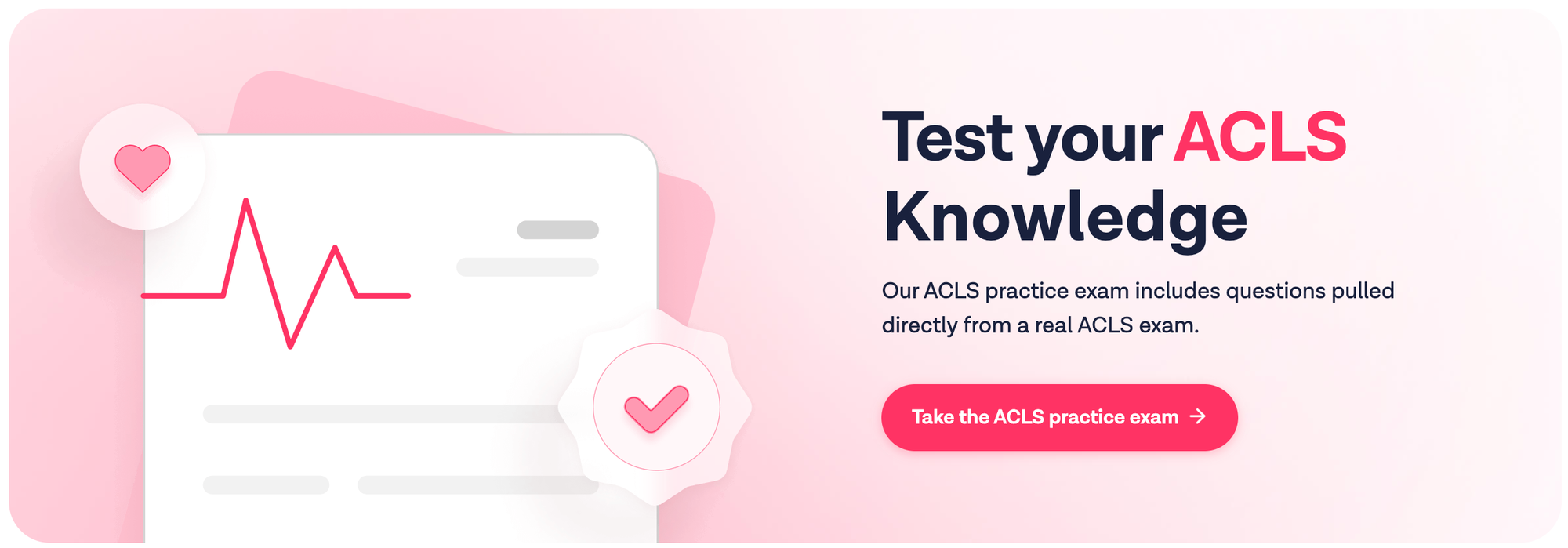The 7 ACLS Algorithms You Absolutely Need to Know
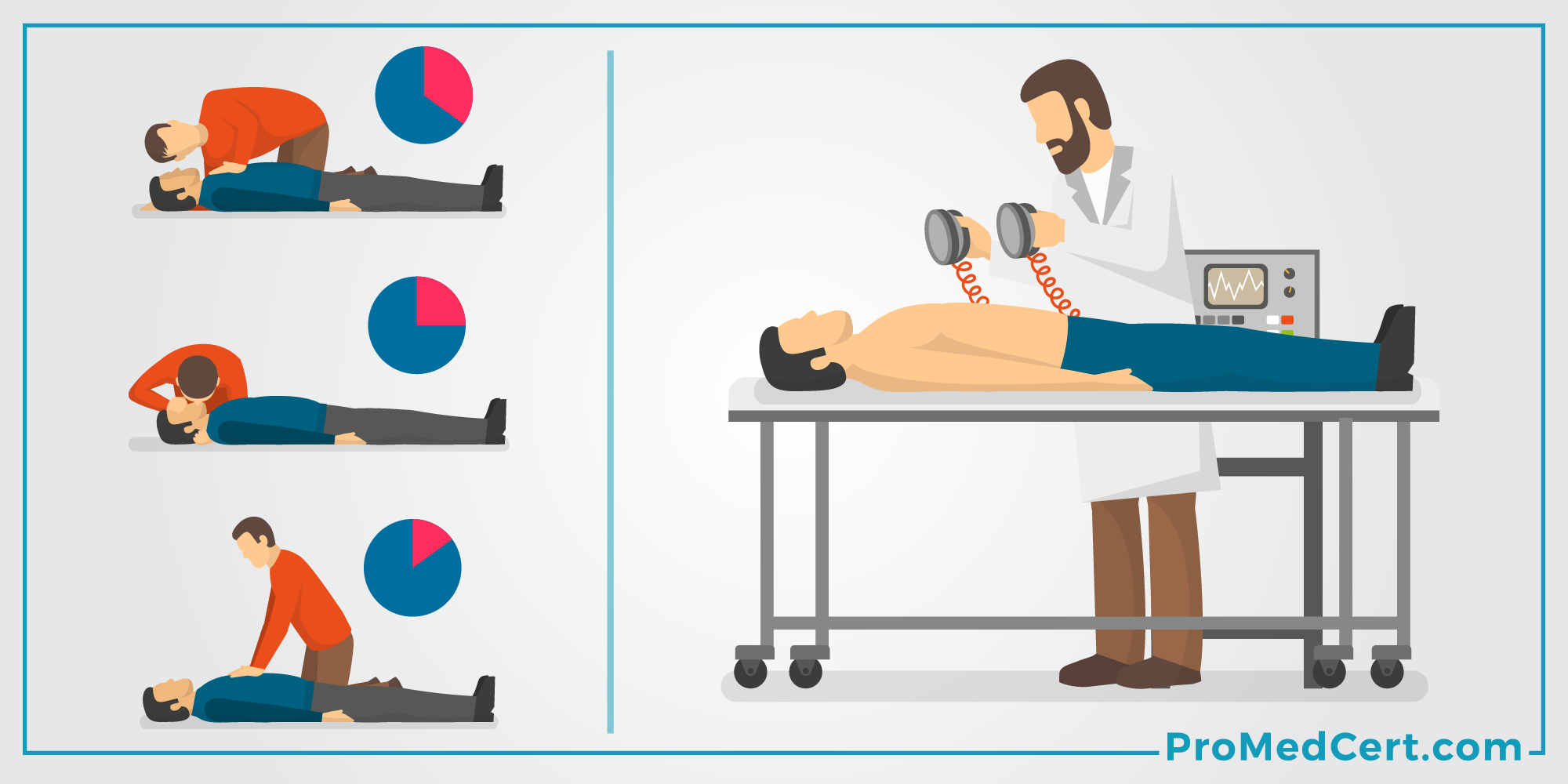
To successfully obtain your Advanced Cardiac Life Support (ACLS) certification, you must have a thorough understanding of the various ACLS algorithms you will be tested on.
Studying and memorizing these algorithms will help you ace your exam while serving you well in your medical career.
To make things easier, we’ve compiled a quick ACLS review with an updated list of the top 7 ACLS algorithms you need to know so you can begin familiarizing yourself.
The algorithms in this ACLS-made-easy guide are as follows:
- Adult Cardiac Arrest Algorithm
- Cardiac Arrest Circular Algorithm
- Suspected Stroke Algorithm
- Post-Cardiac Arrest Care Algorithm
- Acute Coronary Syndromes Algorithm
- Bradycardia with a Pulse Algorithm
- Tachycardia with a Pulse Algorithm
Below are visual representations of each of the ACLS algorithms.
Adult Cardiac Arrest Algorithm
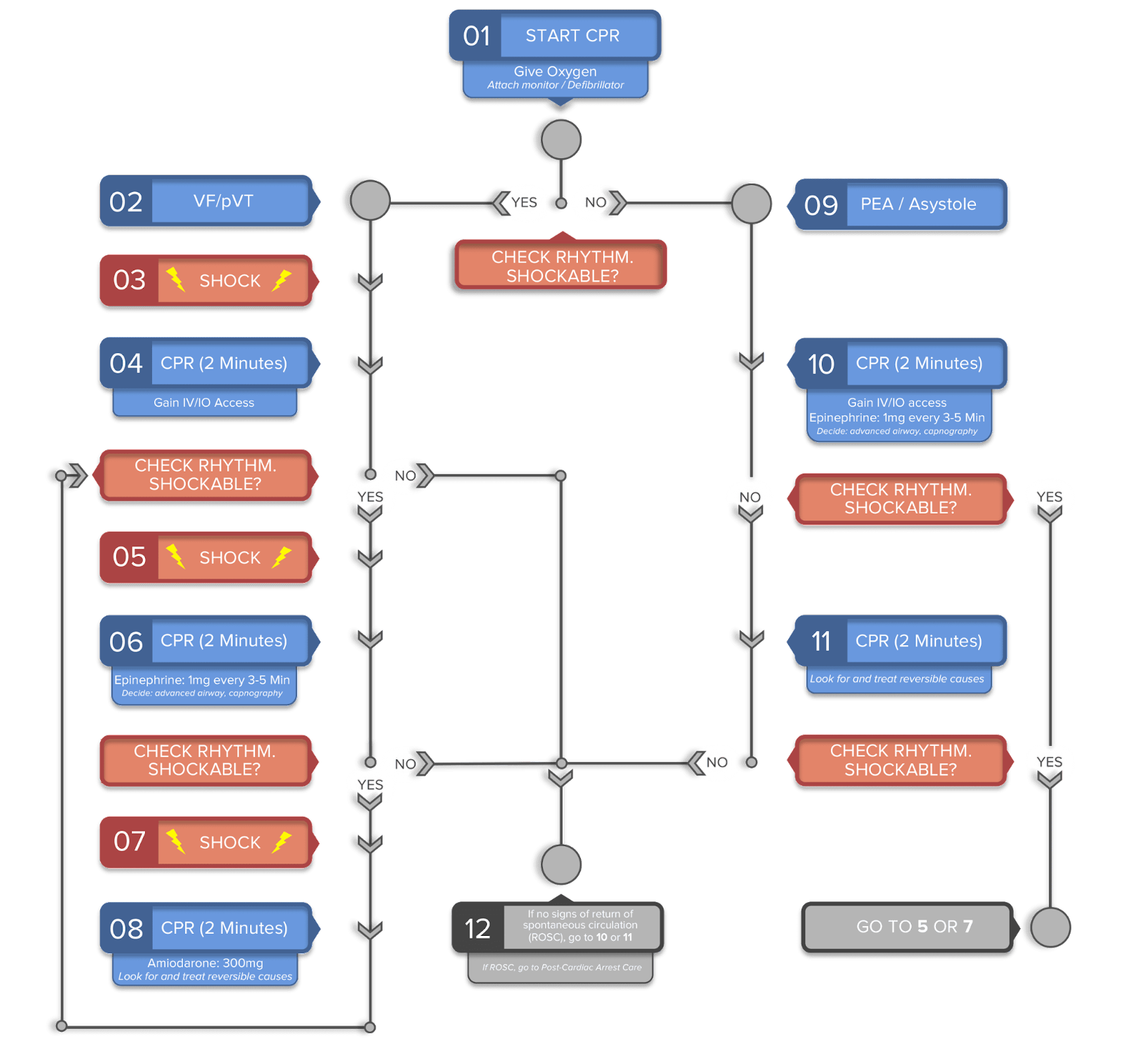
Cardiac Arrest Circular Algorithm
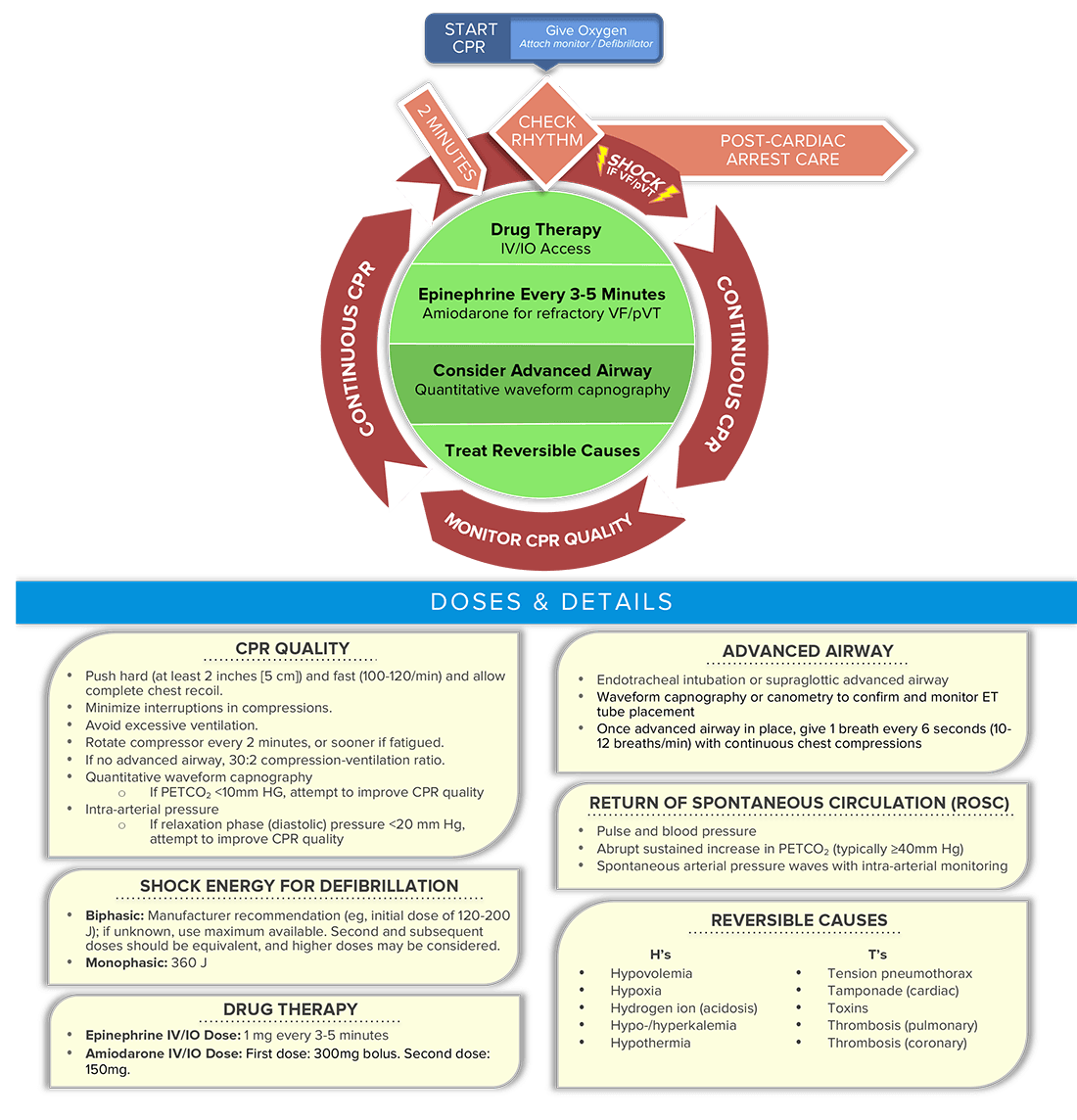
Suspected Stroke Algorithm
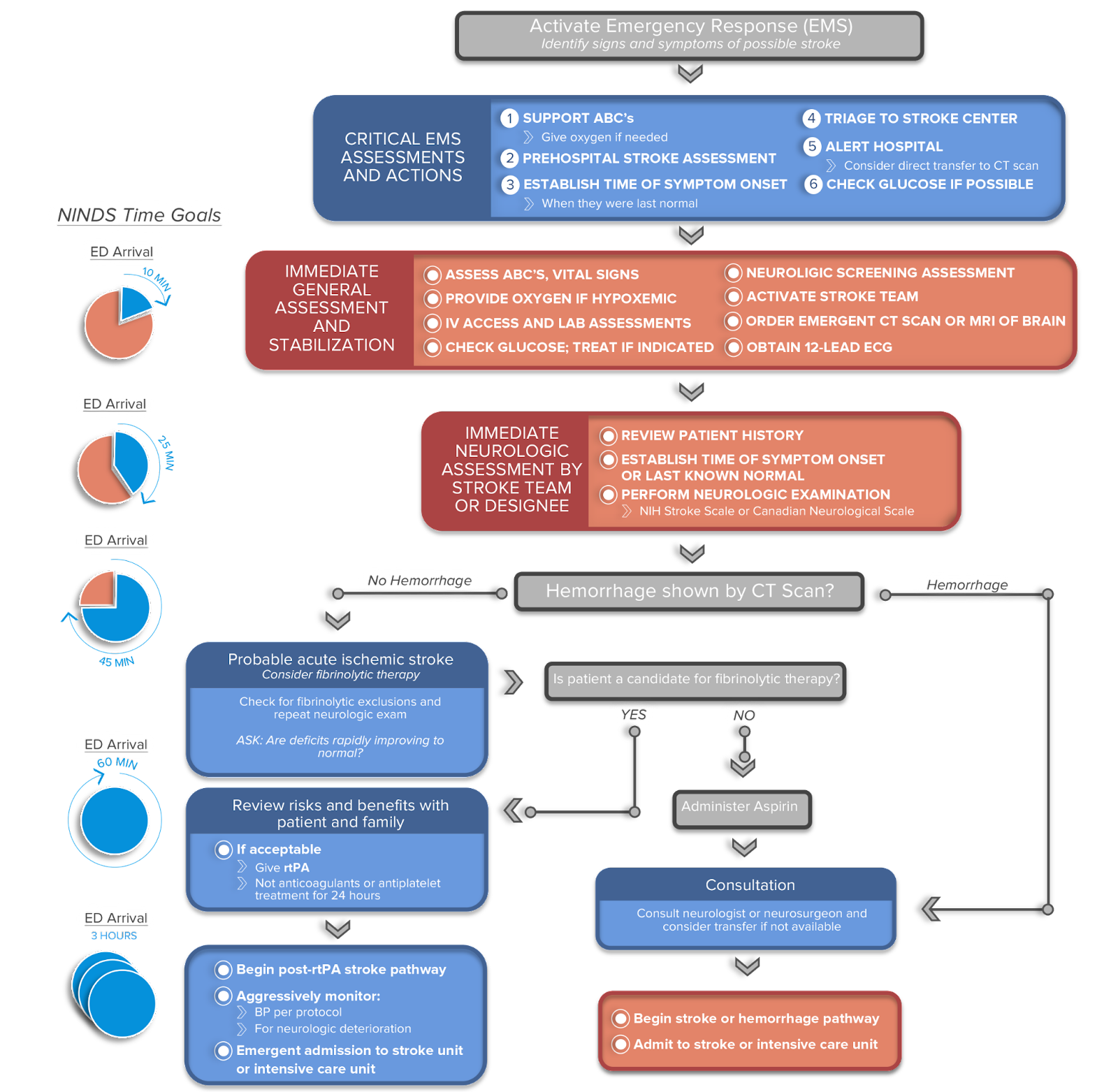
Post-Cardiac Arrest Care Algorithm
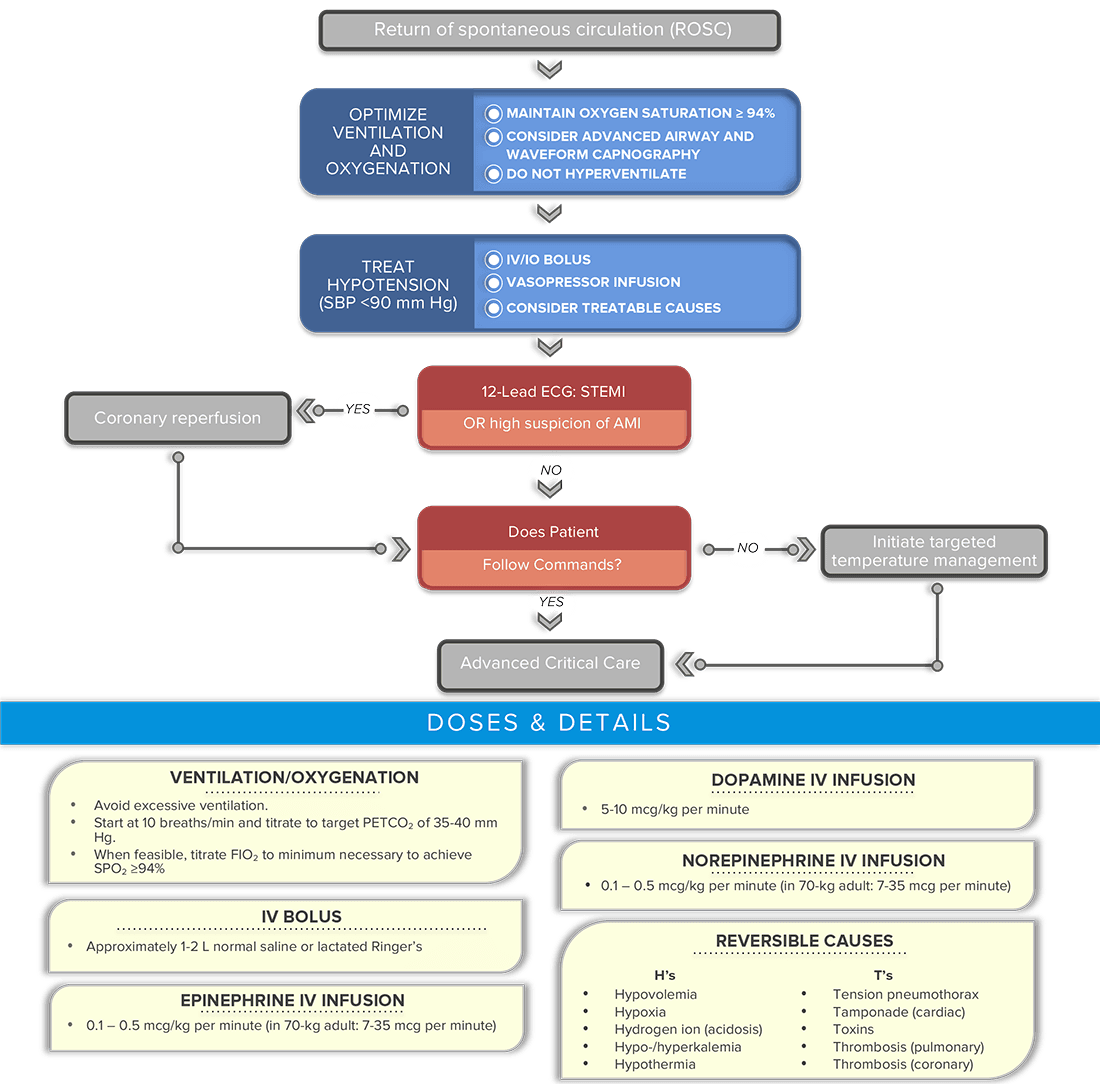
Acute Coronary Syndromes Algorithm
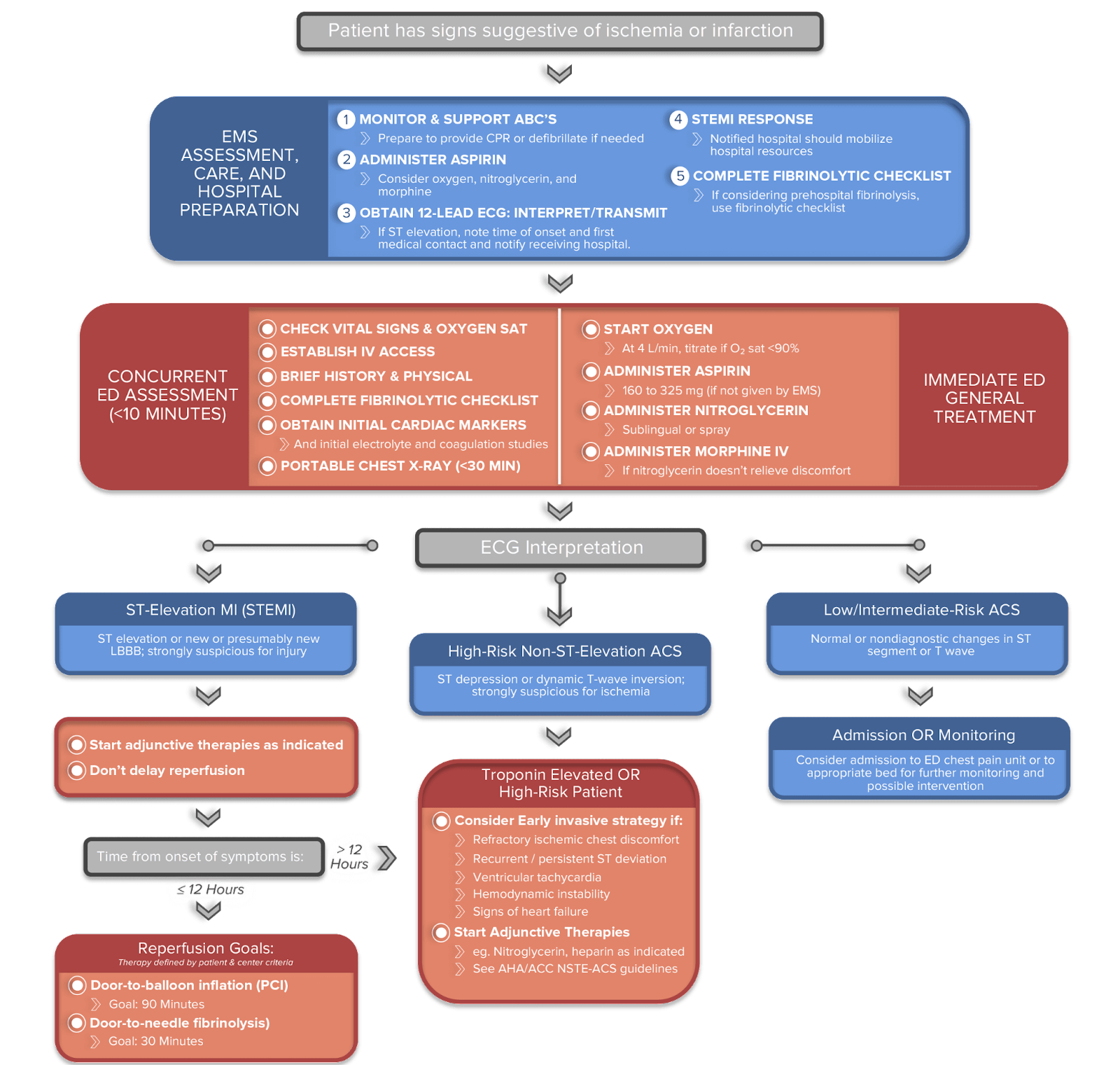
Bradycardia With A Pulse Algorithm
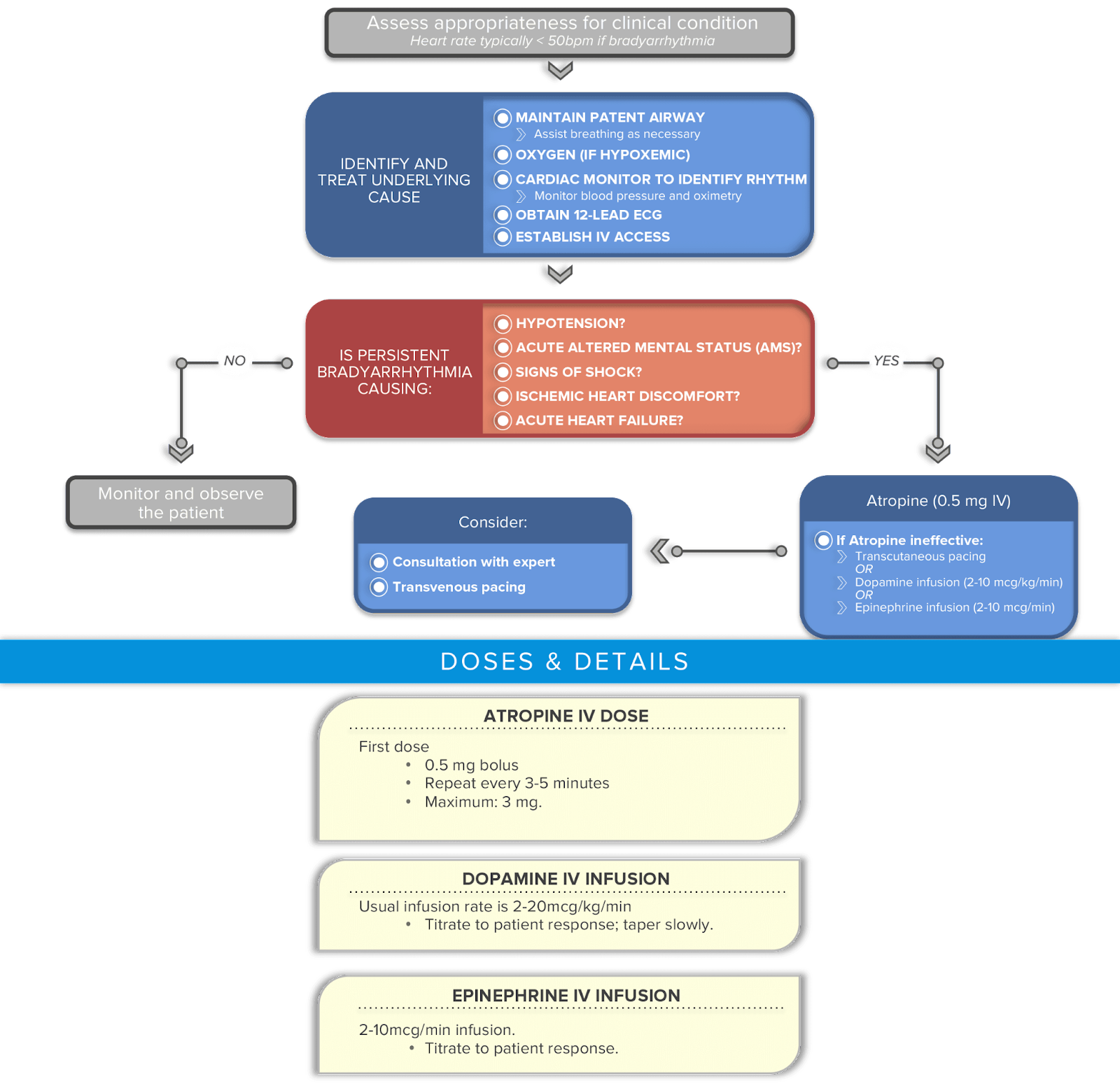
Tachycardia With A Pulse Algorithm
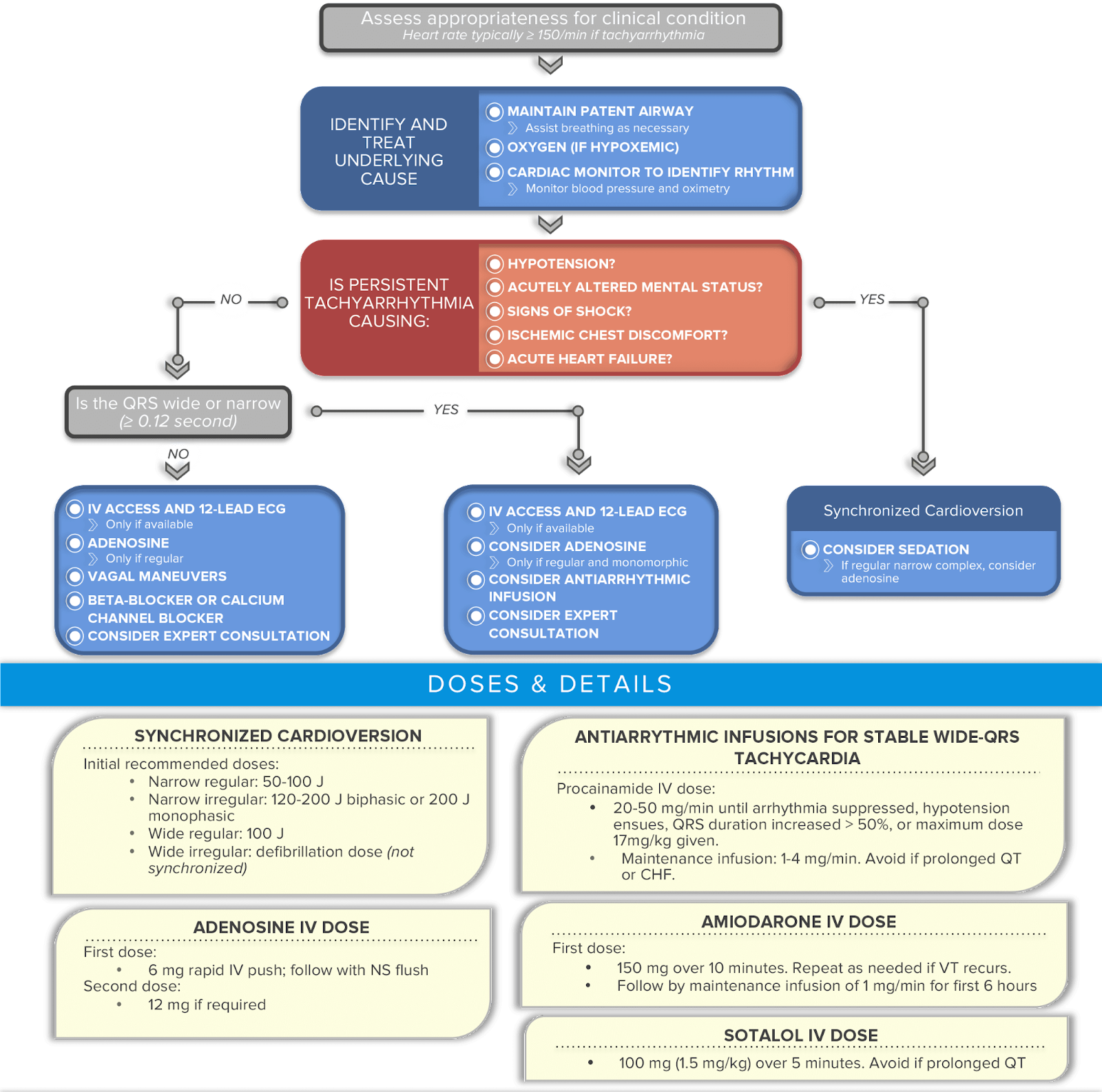
Learn ACLS Algorithms the Right Way
Getting to know these algorithms can seem a bit overwhelming at first. It can be hard to commit each one to memory, especially when juggling other responsibilities, like a full-time job and a family.
Thankfully, several tips and tricks can make the process easier and help you make the most of our quick ACLS review. It’s also important to remember that everyone learns differently. Just because one of your coworkers used mnemonic devices to memorize the ACLS algorithms doesn’t mean the same study technique will work for you.
The key to making the most out of this ACLS-made easy guide is to figure out how you learn best, whether it’s through auditory, visual, or kinesthetic methods.
In other words, do you relate better to sound, sight, or touch?
Once you determine which category you fall into, you can use study strategies that align with your particular style and learn these ACLS algorithms.
For instance,
- If you are a visual learner, using flashcards to quiz yourself can help you commit what you need to memory.
- If you learn better through sound, try recording yourself reciting the algorithms aloud and playing back the recording to reinforce your studying.
- For kinesthetic learners, writing down the algorithms multiple times can help drive home the crucial points in this quick ACLS review.
Of course, these are just a few suggestions. There are plenty of other learning styles out there to consider. You only have to find what’s best for you and helps you better remember the ACLS algorithms.
ACLS Certification Made Easy With ProMed
Over the coming weeks, we will be breaking down each of the above algorithms in greater detail. This can be helpful to further commit the necessary information to memory in preparation for your ACLS certification exam.
If you’ve already begun studying and want to assess your progress, you can do so by taking our ACLS practice test, which contains 10 questions based on the latest AHA guidelines.
And, of course, if you’re ready to start your coursework and learn the ACLS algorithms, you can do so here.
Best of luck from all of us at ProMed Certifications!
Like this content? Want more? Get future posts delivered straight to your inbox. Subscribe today and never miss another post!

